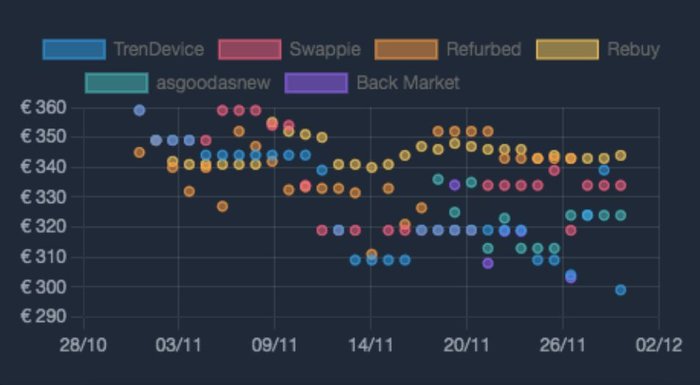
Resources
Unlock Success in Recommerce: Strategic Sourcing Strategies in the Apple-Samsung Dominated Market
Sourcing in recommerce is tough, but with careful planning and the right tools, many issues can be effectively addressed.
For most recommerce or refurbishment companies, solely relying on in-house buyback and trade-in programs may not be a feasible strategy if the ultimate goal is to establish a scalable business. It necessitates engaging with wholesale suppliers. The process involves identifying used device vendors, conducting thorough vetting procedures, trial batches, and consistent tracking to ensure a reliable supply of high-quality products.
"A good rule of thumb in this selection process is to assess the volume of devices traded by a supplier and their reputation" says Stefan Durina, CEO of Beneko and past CEO of Turbado. Additionally, it's prudent to investigate whether the supplier has any reported instances of fraudulent activities. There are valuable online resources available to assist in verifying the credibility of potential suppliers like this LinkedIn group.
It is a seller's market
The current market conditions have created a seller's market, where demand significantly outweighs supply. In such a scenario, you may find yourself in the position of outbidding competitors for the devices you require. This emphasizes the importance of optimizing profits from the devices you do manage to source.
Purchasing batches of devices requires a substantial upfront financial commitment, which can put significant strain on your company's cash flow. Any delays in converting this investment into sales can further exacerbate financial pressures on the organization. Therefore, a well-structured and efficient sourcing strategy becomes all the more crucial in this context.
Sourcing should be part of your sales strategy
What we mean is that the thought process should start from the resale price of a device. A good or bad sourcing is relative to the market clearing price at the time when such device re-enters in your catalog. Having partial, intermittent or worse inconsistent resale prices, can bankrupt even a super performant supply chain. When you consider sourcing devices, the maximum price you should pay can be calculated (simplifying a bit), as
Minimum market resale price - depreciation expected - cost of processing - margin you want - taxes
Depreciation and resale prices are factors heavily influenced by market dynamics and competition. So if you don’t have continuous, consistent and trustworthy access to competitors data in your sales channels and countries, you are likely leaving money on the table for your competitors and have lower inventory turnover times.
